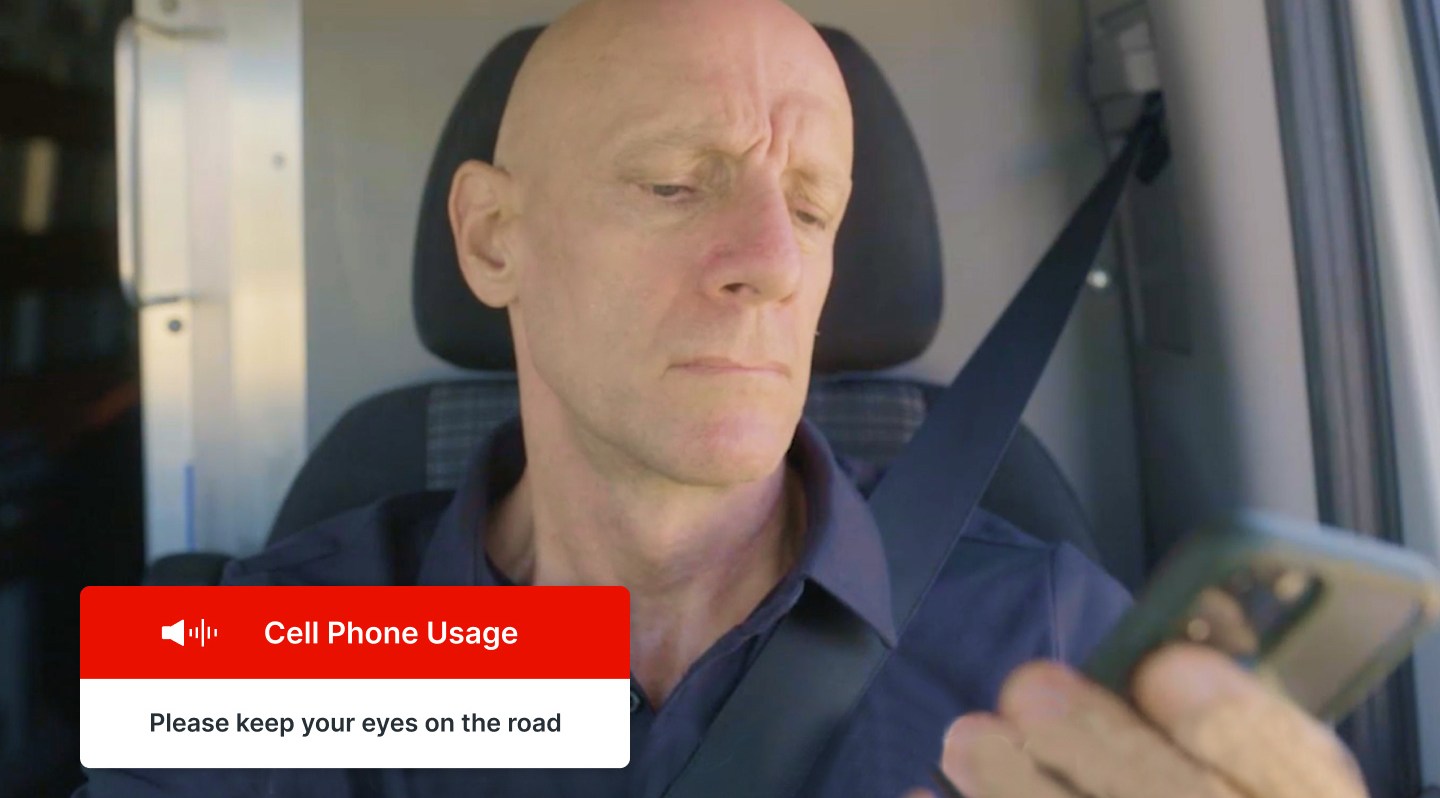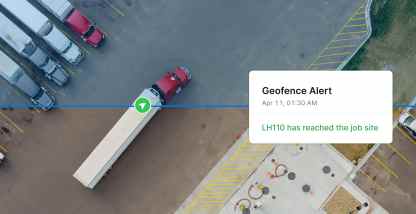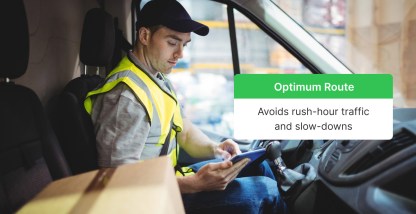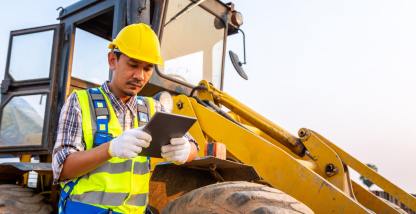Far-flung oil and gas job sites are dangerous, laden with caustic chemicals and fire risks. Yet the riskiest part of your operation is often sitting in the driver’s seat.
Motor vehicle crashes cause more than half of all work-related deaths among oil and gas workers, with pick-up trucks statistically more dangerous than semis. In 2020, the oil and gas pipeline industry recorded 578 injury incidents. Common injuries included severe burns, head injuries, broken bones, and amputations.
Unsafe driving habits and behaviors can also threaten the profitability of your company. Something as simple as a poor night’s sleep can have terrible consequences on desolate roads between oil and gas job sites.
However, technology can help improve your drivers’ behavior. With Motive, you can:
- Detect unsafe behaviors with AI Dashcams.
- Automate coaching to focus on the most serious incidents.
- Score and rank each driver’s behaviors.
- Build a proactive coaching safety program.
Learn about more of Motive’s safety solutions and how Motive can help reduce downtime and increase productivity.
Detect unsafe driving behaviors with the Motive AI Dashcam
The Motive AI Dashcam is the most advanced in the industry, detecting more unsafe behaviors with fewer false positives than other leading dash cam providers. Motive’s AI models can detect excessive accelerations, cell phone use, close following, hard braking, hard cornering, seatbelt use, and other behaviors.
Within seconds, Motive uploads HD video of any unsafe driving events to the cloud. Tools like Video Recall and Live Stream provide complete visibility into drivers on your most remote oil and gas job sites.
Plus, drivers can use the AI Dashcam’s Quick Capture feature to easily record any notable event, which can assist future investigations or exonerations. When your worker is alone on a remote job site, Quick Capture can create a record that shows exactly what happened.
Read: How AI can improve oil and gas fleet sustainability.
Automate driver coaching to encourage proactive changes
At the end of each trip, drivers can view dash cam videos right in the Motive Driver App. Meanwhile, Motive automatically reviews every video, adding context and determining severity while filtering out the noise. This automates your safety department’s most time-consuming work, directing you to the most pressing or dangerous behaviors taking place in your fleet.
With that information, Motive’s built-in coaching workflows can proactively manage these oil and gas safety events. From the Motive Dashboard, you can:
- See which drivers have coachable events.
- Tag drivers with different coaching statuses (pending review, coachable, coached, uncoachable).
- Leave notes for drivers right in the Motive App.
Since coaching is most effective immediately after a safety event, Motive’s automated driver coaching helps you escalate top priority items right away, even if the driver won’t be back at the office for weeks. You can then reinforce the lessons later, face-to-face.
See driver scores over time
A driver scorecard can help you evaluate each driver’s performance based on specific metrics, such as speeding, hard braking, or close-following incidents. Motive’s DRIVE risk score is designed to accurately determine the risk profile of a driver relative to their peers. By accounting for context and severity, the DRIVE risk score helps you prioritize which drivers need the most coaching.
DRIVE benchmarks all behavior across Motive’s network of 550,000+ vehicles to provide an objective measure of driver risk, creating a model that’s five times more accurate at predicting accidents than the industry’s leading safety score.
Seeing a leaderboard can also help you track coaching success over time, as you can measure whether or not drivers are becoming safer.
CarriersEdge co-founder Mark Murrell explains, “Fleets are incorporating driver scorecards into their safety programs to help drivers become safer individually and collectively.”
His co-founder, Jane Jazrawy, notes that the best fleets use cameras and scores to celebrate the safest drivers. “The tendency of transportation companies to use dash cams to reward safe driving instead of only tracking unsafe behaviors struck us as a highly positive development,” she says. “We expect more carriers to start implementing this practice in the future.”
Build a proactive driver coaching program
Building a proactive coaching program can help cultivate a culture of safety throughout your organization and on each oil and gas job site. But for coaching to stick, you need to ensure your message gets through to your team.
Video and statistics can help. Drivers may not realize how close a near miss actually was until they see the video. With Motive alerting you to the most critical safety events, you can review the video together while it’s still fresh in your driver’s mind.
You can also use video during team training to highlight how paying attention averted a collision, or to show what defensive driving looks like.
Be sure to share specifics that will resonate, such as:
- The consequences of high-risk behavior, such as serious injury or steep fines.
- Statistics about accident types and their associated costs.
- How DRIVE scores have improved across your team.
- Other KPIs like the number of coachable events per million miles or accidents per million miles.
Read more about launching your own proactive coaching safety program.
Use technology to improve oil and gas job site safety
When your workers are driving between remote sites, Motive technology can help them drive more safely. In fact, fleets using the Motive AI Dashcam with frequent coaching reported 22% fewer accidents and 56% fewer safety incidents.
Want to learn more about how Motive can help you improve your team’s driving behaviors? Request a demo to get started.









